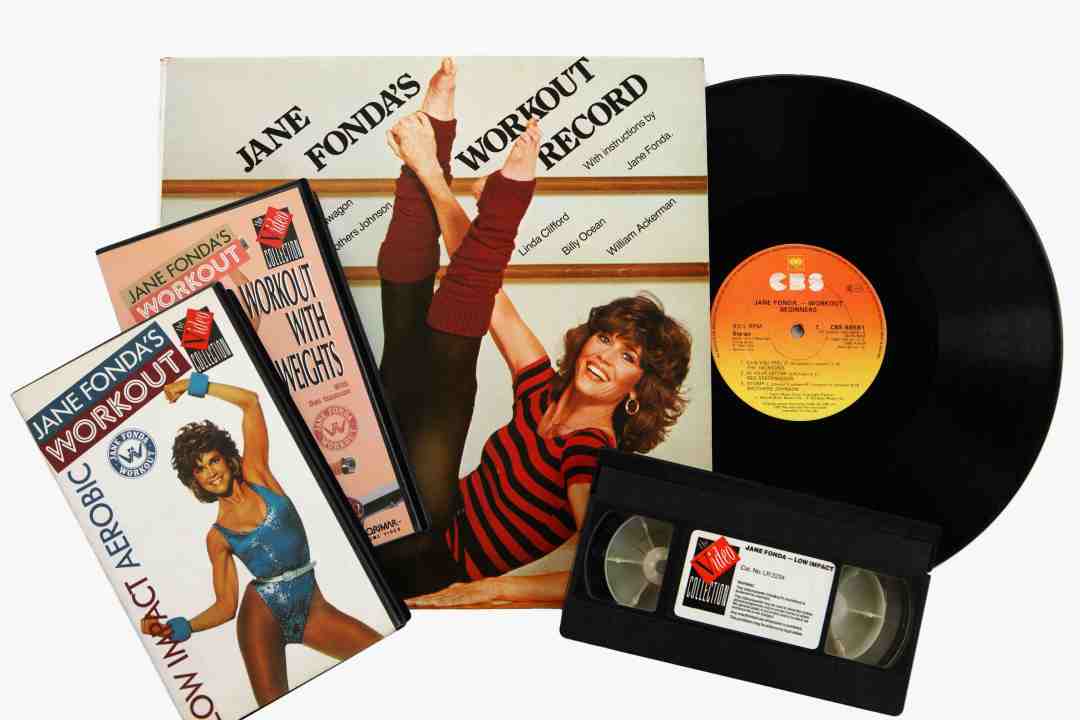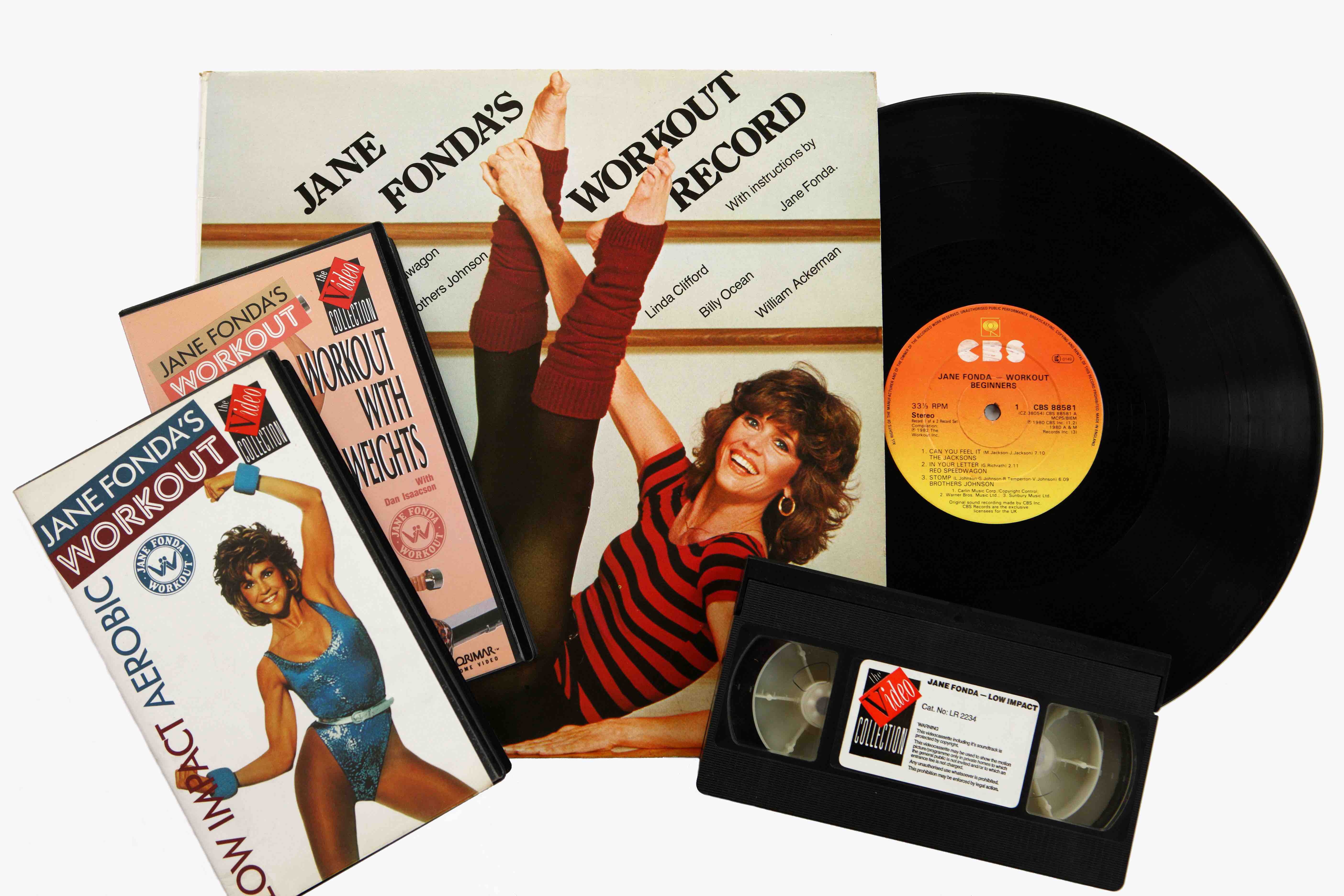‘New year, new you’, or so they say. And as sure as eggs is eggs (particularly for the high protein advocates), new year’s resolutions for many will have revolved around the quest for a new body. I use the word ‘body’ specifically because our prevailing culture keeps finding new and alarming ways to reduce us all, but women in the most dehumanising terms, into mere bodies; bodies that can be chopped, changed, rearranged increasingly even to accommodate the outward trappings of the opposite sex.
This manifests itself most completely of course in porn, as it always has, where the cold-eyed camera sees everything of the body and nothing of the person inhabiting it. But if porn is the outlier (albeit one in the hands of every phoned-up teenager), it’s the advertisements, the pop videos, the language (‘money shot’, anyone?) – even, ironically, the ubiquitous sex education in schools – that has elevated sex and sexuality to the dominant social currency, while stripping it of anything remotely sexy.
At one end of the spectrum, the Barbie and Ken aesthetic – of silicone-enhanced women whose breasts could never have sprung naturally from a rib cage atop so tiny a waist, and the hairless men whose abs show no mercy – inhabits this world of body supremacy. At the other, people so inflated and swollen that they too are slaves to their bodies, disallowed the liberation of a sensible diet by a cacophony of political activists fetishising the victimhood of obesity. Body positivity, like sex positivity, preaches ‘more more more’, while leaving us with ‘less less less’. Less actual choice, less agency, less dignity, less beauty.

Would anyone have looked at Botticelli’s Venus and thought to proclaim ‘Look at the body on that’? Even (or perhaps especially) now, it’s impossible to view this woman, likely the first life-sized female nude in the modern western canon, as anything but a complex and mysterious character whose nudity cannot be reduced merely to a skin-deep state.
In less poetic terms, before we were all obsessed with ‘working out’, the West’s more recent ideals of female form weren’t measured as ‘bodies’ but as ‘figures’. Marilyn Monroe, Gina Lollobrigida and Sophia Loren were beauties admired for their good figures, a word which conjures a set of natural proportions commensurate with the regenerative essence of womanhood. So, a compliment – were it ever allowed to be made today – about having a good figure is in essence so much sexier than the current cult of the good body. The pulchritudinous bosom, the childbearing hips; anachronisms from simpler times but so much sexier than the gym-bunny bodies, honed and toned with so much self-conscious and self-obsessed effort that a post-coital buttered brioche is surely never on the menu.
I blame Jane Fonda. Quite unfair of course, but who else so embodied (that word again) the confluence of influences that sprung out of the 1960s: leftist activism, assertive feminism, sexual liberation and aerobics? Fonda spawned an exercise revolution made possible by new technology and the rise of leisure time, and she commercialised that revolution, embedding it in the culture.
It’s not that I’m anti-exercise, but it should be part of the picture, not the picture itself. The appearance of effortlessness, or at least being occupied with something other than vanity, is simply more alluring than the weighing out of protein powder/weighing in at the scale equation behind the selfie body. So as the ‘new year, new you’ entreaties evolve into next season’s calls to be ‘beach body ready’, I’ll try to keep my figure in check – but I’ll avoid the pressure to be just any body.







Comments